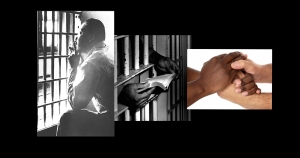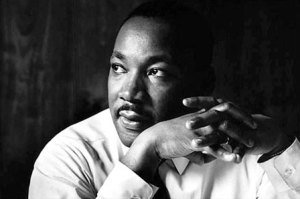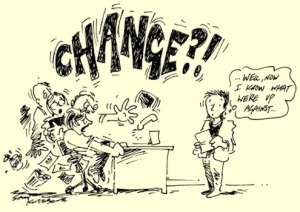http://www.niftyatheist.com/2013/01/remembering-martin-luther-king-jr.html
There is no fear in love; but perfect love casteth out fear: because fear hath torment. He that feareth is not made perfect in love, 1 John 4:18. Martin Luther King Jr is such an admirable man, a man who stood the test of time on many different occasions for equality and justice for all people, especially for African Americans, who at the time had been under oppression for more than 340 years. In the book “Practical Argument”, there is a letter from the Birmingham jail dated April 16, 1963, to 8 clergymen who questioned the methods Dr. King was trying to use in order to stop segregation and bring about justice and equality of all people, based on what the American constitution is about. Martin Luther had fought a good fight, to the point where he was imprisoned for what was right and just, but deemed unjust in the eyes of white supremacy.
When things are done the right way all people should rejoice irrespective of one’s race, class, or skin color. “Injustice anywhere is a threat to justice everywhere”. “Whatever affects one directly, affects all indirectly”. These are some of the most profound statements found in the letter to the clergymen. Dr. King wrote of the unjust treatment that black people in Birmingham Alabama were facing and just how segregated things were. It is such a shame to think of how mean and ugly some people can be. How could this be? We are all created by God; he is the maker of us all. In the U.S Declaration of Independence it says that, “All men are created equal, that they are endowed by their creator with certain inalienable rights, among these are life, liberty and the pursuit of happiness, that to secure these rights governments are instituted among men.” If this is true African Americans should not have been treated with such unjust and cruel treatment like they were.
The letter spoke of a 6 year old girl who questioned why she couldn’t simply go to the amusement park, all that she could do was watch it being advertized on television, while another 5 year old boy asked his dad, why do white people treat colored people so mean? An “unjust law is no law at all”. The Supreme Court in 1954 broke the laws of segregation in public schools, which enabled whites and blacks to be together under one umbrella in the school system. Regardless of what a white or black person might think, segregation was evil and distasteful; it was a shameful and ungodly act. Let peace and love reign in our hearts, so that we can learn and appreciate all people the way that we would want others to appreciate us.
http://www.wesleyan.org/doc/assets/dev_pics/MLK%20(2).jpg
http://dailyoffice.files.wordpress.com/2009/12/bibleinjail21.jpg
http://thyblackman.com/wp-content/uploads/2011/09/blackandwhiteamerica.jpg
http://quotationsbook.com/quote/45222/#sthash.ZoZ5QdLP.dpuf







